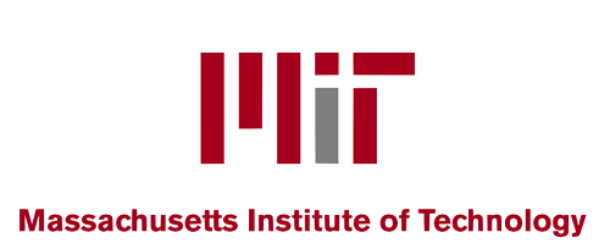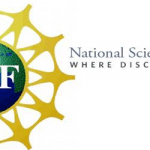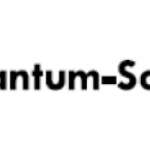By chance, MIT Researchers unlock new 10-second record on qubit coherence

(TomsHardware) Researchers with the Massachusetts Institute of Technology (MIT) have unlocked a new 10-second record on qubit coherence. Published in Nature, the research provides a doubling of the previous quantum coherence record, an already impressive achievement from just last week. The new record stands atop the discovery of a new form of qubits, based on vibrating pairs of atoms — also known as fermions. And like so many interesting and revolutionary pieces of science, the research, and its results, were kicked off by a chance discovery.
The team’s work focused on investigating the behavior of fermions (essentially atoms with odd half-integer spins). The fermions kept drifting in and out of the lattice’s observable area at periodic intervals, almost like pendulums, swinging inside and outside of the observable area. This, in turn, indicated that they were oscillating between two quantum states — one observable and the other not.
The fermions’ behavior in these conditions was what opened the doors to the quantum breakthrough. The paired (and trapped) fermions appeared to be moving in sync as if they were a single molecule, which raised questions of quantum entanglement, the state in which two particles are paired in such a way that forces influencing one qubit to produce the same changes within its pair.
The physicists then confirmed the fermion pairs were maintaining a superposition of two vibrational states — in other words, they simultaneously moved against each other, but also swung together.
The ten-second coherence time of the fermion qubits surprised the researchers, in that it showcased an until-now unseen robustness to qubit pairs. Ten seconds is a lot of time for advanced computing systems, and even more so for probabilistic systems such as quantum computing. So far, the fermion qubits haven’t yet been made to interact, which is a required step in actually performing useful quantum computation work. However, the team believes that this is possible, and when achieved, the current design should allow for some 10,000 quantum computations in that span of time.
























